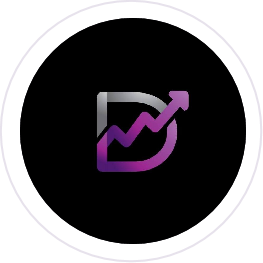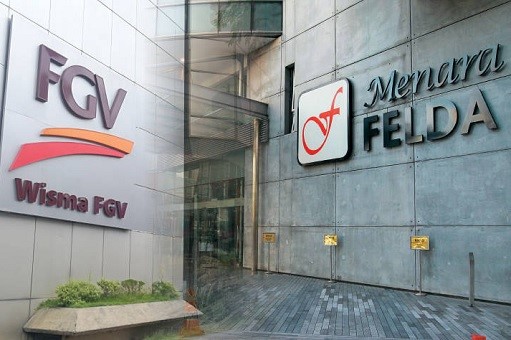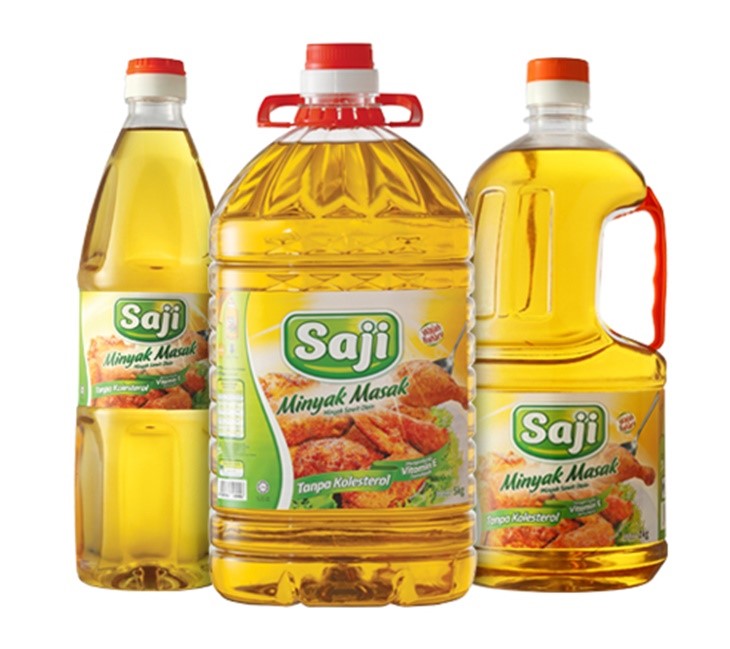 DagangNews.com
DagangNews.com
CPO Futures Trading: Hedgers versus Speculators
As expected, I got a query from a regular viewer of DagangNews.com about the status of KLCE as at 6 October 2020. Let me briefly explain! Actually, KLCE was renamed as Commodity and Monetary Exchange (COMMEX) upon the merger between KLCE and Malaysia Monetary Exchange (MME) in 1998. Many of us may tend to confuse with the opening of prestigious KLCC in 1999 when KLCE was closed for good in 1998, and we thought KLCE was replaced by KLCC?
The fact remains that KLCE ceased to exist in 1998 as it was replaced by COMMEX. Due to ASEAN currency crisis 1997-1999, COMMEX merged with KLOFFE to form Bursa Malaysia Derivatives. As such, Malaysia since 2002 has a single stock market; Bursa Malaysia Securities and single derivatives market; Bursa Malaysia Derivatives, as phases of consolidations of financial institutions in Malaysia.

Margin requirement
As noted earlier, derivative investments are in fact leveraged investments. Leveraged investment refers to the small change in price can lead to big changes in return, either profit or loss. This is justifiable due to the requirement on margin in derivative trading, including CPO futures.
For example, an individual investor is required to pay a margin of RM4,500 to initiate trading by buying one contract of CPO futures at RM3,000 MT. Since every CPO contract has a size of 25MT, his contract value is RM75,000. This means he paid RM4,500 as deposit which represents only 6% of his contract value RM75,000 and hence leveraging RM70,500 or 94% on “loan” from his futures brokerage firm. Therefore, his initial margin will be treated as his initial investment in order to measure his return from CPO futures trading. As such, his position will be marked to market (also known as floating position) according to the daily closing market prices.
Therefore, one main distinguishing feature of futures trading is the margin requirement; either buyer or seller must pay a margin which is a portion of the contract value (less than 10%). As stated in my last article, CPO futures is a contract in which every buyer and seller are obligated to fulfil their contract.
Offsetting CPO futures contracts
If he opens the contract by buying, he can close-out by selling; if he opens it by selling, he can close-out by buying. So, in futures trading, obligation to fulfill a contract simply can be terminated simply by taking the opposite position before maturity date. However, through-out the life of the contract, his position will be marked by his brokerage firm according to the daily closing market price of CPO futures. For that, every buyer and seller must maintain his initial margin of RM4,500 failure of which, he has to cover it.
This is justifiable as any profit will be credited to his account while any loss will be debited in his account. Marked-to-market is similar to open bank account; any deposit (profit) will be added while any withdrawal (loss) will be deducted. For instance, if a buyer makes profit RM500, it will be added to his account to have his current balance to be RM5,000 (RM4,500+RM500); while a seller will lose RM500 to have his current balance to be RM4,000 (RM4,500-RM500).
It is interesting to note that in futures trading, a profit of a buyer means a loss to a seller for the same CPO futures; and vice-versa. So, every participant has to be sure that his current balance always be above his initial margin. In the above example, a seller has current RM4,000 which has fallen below its RM4,500 margin, he must top up RM500 so it goes back to his initial margin RM4,500 per MT.
So, does the issue of offsetting the contract before maturity meet the strict syariah rules? To verify this, we must understand the market players of CPO futures.
Market players of CPO futures
As noted last week, the market players of CPO futures are the hedgers and speculators. Hedgers refer to local palm oil producers such as FGV Holdings and IOI Plantation; and palm oil refiners such as FGV Refineries and IOI Edible Oils. It is noteworthy to mention that since 1970s to 2012, FELDA was the major oil palm cultivation and palm oil production in Malaysia under its flagship Koperasi FELDA and its subsidiary FELDA Global Ventures.
When it went public in 2012, however, it was renamed as FGV Holdings and moved its HQ from Menara FELDA to Wisma FGV. Nonetheless, the welfare of its 112,000 smallholders and their family members are still well protected by the ruling government!
Moving forward, FGV created a history by raising RM10.6 billion at issue price of RM4.55, the biggest equity fund and offer price in the Malaysian IPO in 2012. In fact, FGV IPO's RM10.6 billion (US$3.1 billion) was the biggest IPO in Asia and the second biggest IPO in the world after Facebook US$16 billion!

Unfortunately, due to political appointments of Chairman and BoD, FGV losing its momentum to make record revenues and profits based on its poor business global ventures. Its market price was the highest at RM5.46 in 2012, then only to record lows from year to year to fall to its lowest 69.5 sen in early 2019 was classified as penny shares. Even though the CPO prices surpassing RM3,000 MT in early October 2020, its market prices are struggling to float above RM1; closing at RM1.02 on 6 October 2020, its market value plunging to RM3.72 billion from RM10.6 billion in 2012!
This is justifiable as it is plagued with on-going court cases of corruptions and mismanagement by its BoD as well as bans by US Custom on 1 October 2020 due to the alleged use of forced labour and children on its palm oil productions. This ban as reported by DagangNews.com will impact about 112,000 Felda family members in which they supply about 67% oil palm fruits to FGV!
Leverage effects
In futures trading, unlike the stock market, we can make money even during falling prices. This is justifiable because in CPO futures, we can sell CPO today though we do not own it. What is required is that we must buy back CPO later; means we open the contract by selling today, we close-out by selling CPO futures later.
Therefore, since we are selling CPO that we do not own it, it is seen not to comply to shariah rules. This futures strategy is known as “sell today at higher price and buy back later at lower price” as opposed to “buy today at lower price and sell back later at higher price”. This is the activity of speculators of CPO who are not the owners of physical CPO; selling something that we do not own are prohibited by syariah rules!
Let us refer to mechanics of CPO futures trading based on the above example. Because CPO futures are leveraged investment, a small change in price can lead to big change in return (profit or loss). In the above example, a buyer pays a margin of RM4,500 at RM3,000 per MT today, when the price increase to RM3,050 per MT, he will make a profit of RM50 per MT or RM1,250 (RM50 x 25MT). This means there is change in price of 1.67% (RM50/RM3,000) and profit of 27.8% (RM1,250/RM4,500). Therefore, a small change in price of 1.67% leads to a big change in profit of 27.8% because the return is measured based on initial margin (RM4,500) instead of the contract value (RM75,000)!

As noted last week, the market players of CPO futures are the hedgers and speculators. Hedgers refer to local palm oil producers such as FGV Holdings and IOI Plantation; and palm oil refiners such as FGV Refineries and Lam Soon Edible Oils. For edible oils based on palm oil, we can find them easily at sundry shops under household names of “Saji” produced by FGV Refineries and “Buruh” by Lam Soon Edible Oils. FGV Holdings is the top three biggest plantation companies in the world till October 2020; starting from supplying oil palm fruits by its smallholders into processing crude palm oil, refined palm oil and palm kernel oil traded on Bursa Malaysia Derivatives.
While hedgers are the owners of physical CPO, speculators are buying and selling CPO futures contracts for profits. Speculators are willing to assume the risks to be transferred by the hedgers in which the hedgers will trade CPO futures as a platform to manage adverse fluctuations of palm oil prices, domestically and globally! - DagangNews.com
The writer is a former investment professor at UiTM, retired in 2016, a Fulbright fellow since 2011 and a principal research fellow at Lamka Advisory since June 2020
Nota: Minggu depan kita akan berbincang apakah pelaburan minyak sawit mentah di Bursa Malaysia Derivatives memenuhi prinsip syariah sama ada oleh pelabur institusi atau individu?
Dan saya banyak menerima pesanan WhatsApp khas ditujukan kepada para peminat tegar dua kelab teramai di Malaysia; Manchester United dan Liverpool atas kekalahan terbesar dalam liga EPL Oktober 2020 sehingga mereka menyifatkan sebagai “October Crash” (bursa saham 1987) “Tragedi Oktober” (filem Melayu 1996). Jangan risau; jom beli ebuku untuk tenangkan anda pada harga masih promosi RM30 sahaja sempena Bajet 2021 bulan depan! Klik di sini

